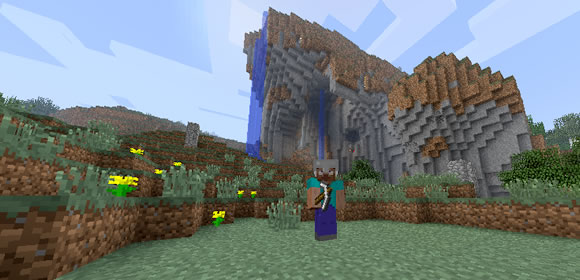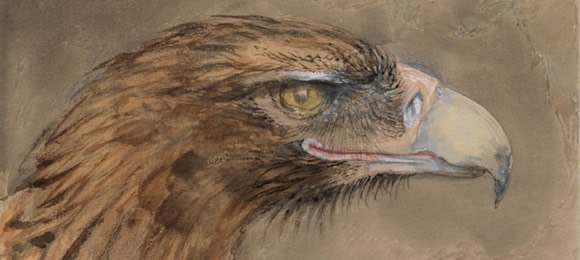
19th century artist and instructor John Ruskin founded a drawing school at Oxford University in 1871. Oxford has now posted his collection of images, notes and instruction into an immense
online catalogue. While much of the physical work has been dispersed around the world, the web allows the collection to be seen in its entirety, with information cross-referenced for ease of browsing. Oxford has also added contemporary interpretation of Ruskin's teachings, as well as short drawing instruction videos.
From the site:
He intended it not for the training of artists, but of ordinary men and women, who, by following his course, ‘might see greater beauties than they had hitherto seen in nature and in art, and thereby gain more pleasure in life’. His method required the student to master the rudiments of technique – outline, shading, colour – through a carefully directed course of lessons in copying both works of art and natural specimens.
Link:
The Elements of Drawing

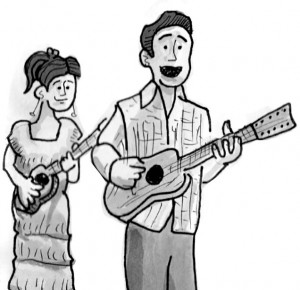
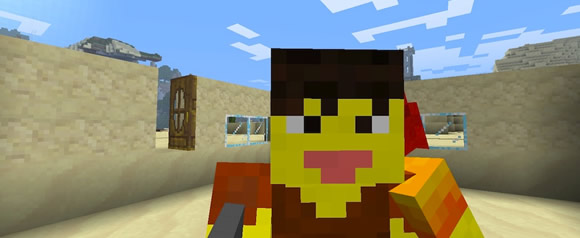
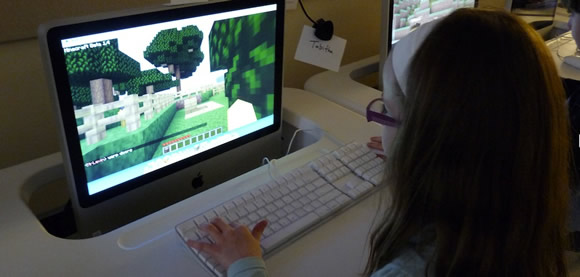 The education potential of the game
The education potential of the game 
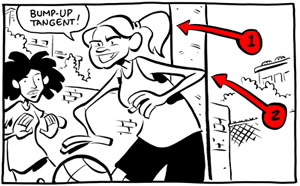 Cartoonist Chris Schweizer has an informative overview of composition problems that can pop up when drawing.
Cartoonist Chris Schweizer has an informative overview of composition problems that can pop up when drawing. 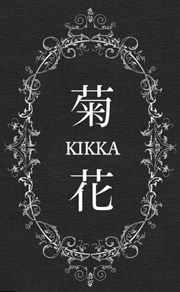 The web game
The web game 